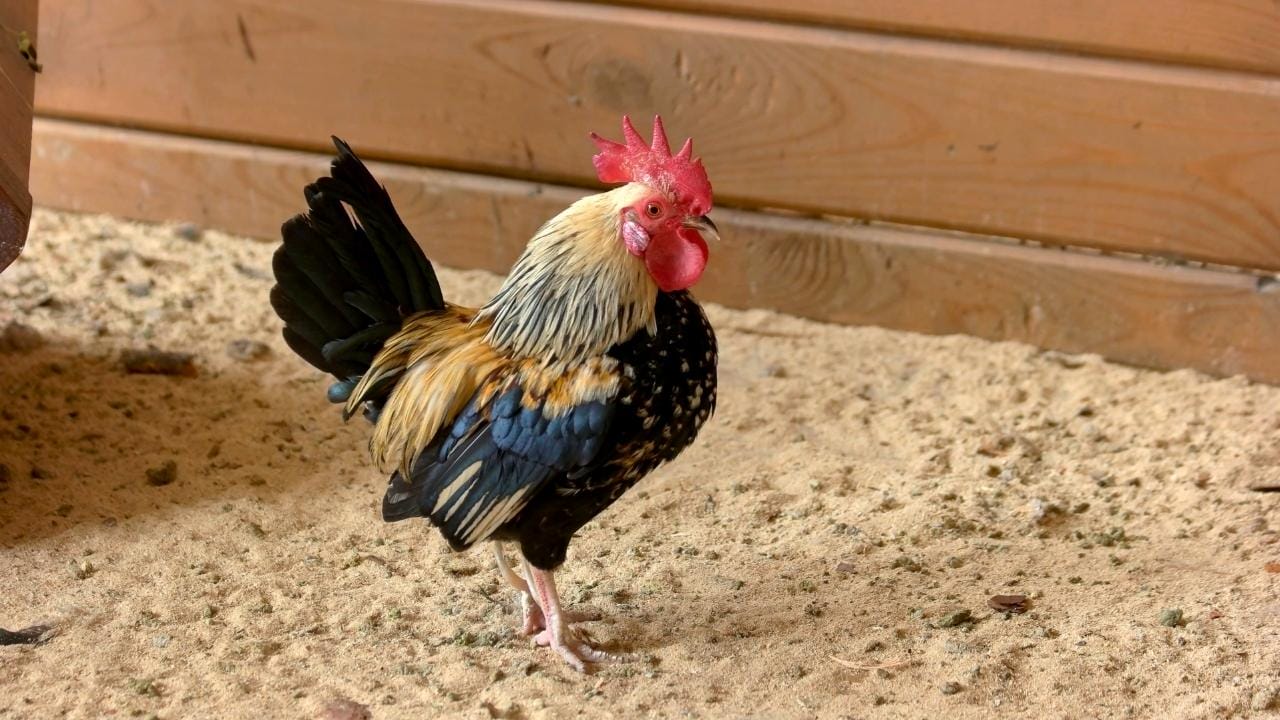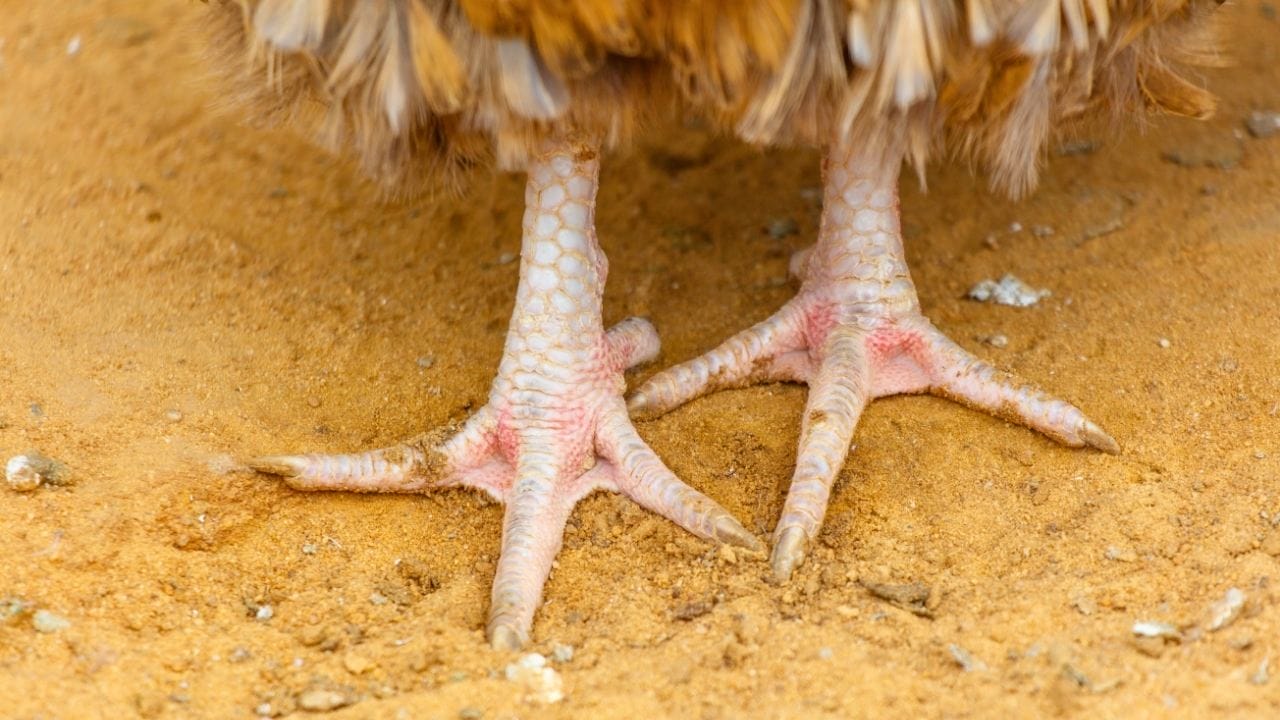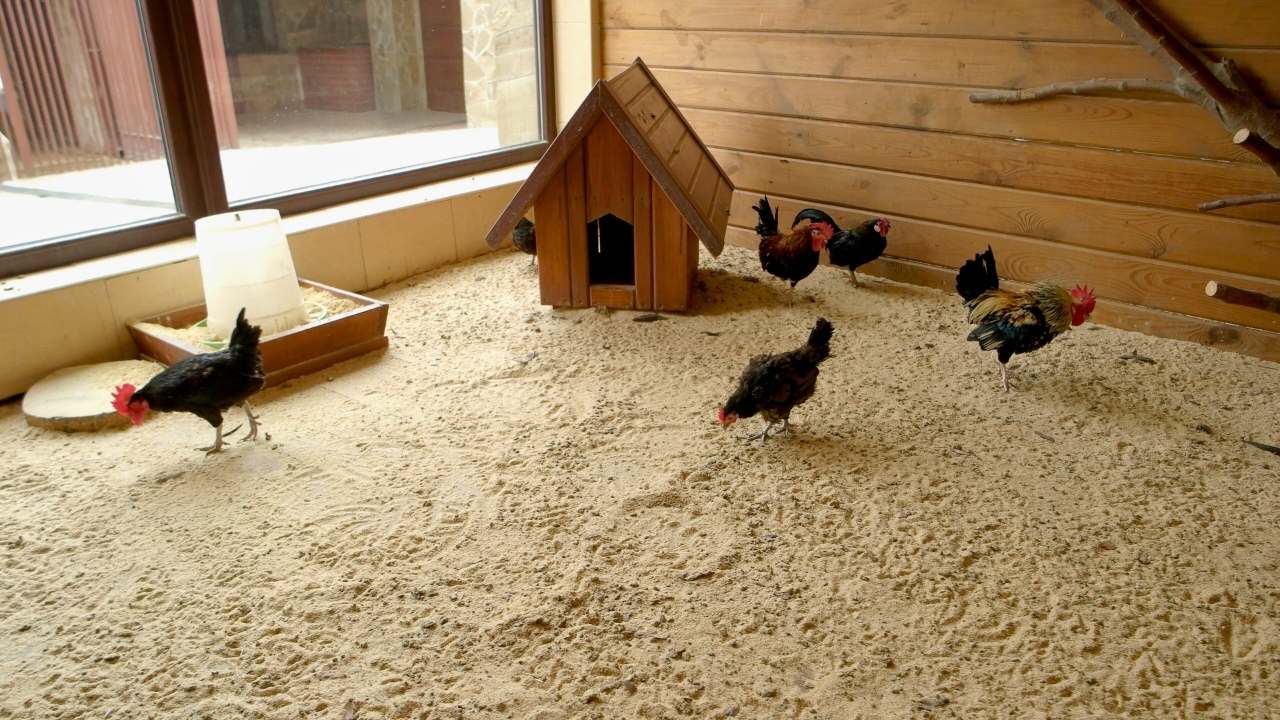As backyard chicken owners, we’re always on the hunt for smarter ways to keep our flocks happy, healthy, and clean. When I first heard people using sand as chicken coop bedding, I was skeptical. Isn’t sand too rough, too cold, or just plain odd?
But once I made the switch, I realized exactly why more and more chicken keepers—myself included—are ditching straw and wood shavings in favor of sand.
What started as curiosity turned into a full-on coop upgrade. Stick around… by the end, you might just be heading to the hardware store for a load of construction sand.
Clean Coops, Happy Chickens: Sand Makes Cleaning Simple

When it comes to keeping a coop fresh, sand is a total game-changer. As someone who’s spent more weekends than I care to admit shoveling out damp, smelly straw,
I can confidently say that sand has drastically cut my cleaning time in half.
Here’s why sand makes daily maintenance easier:
- It dries fast – Moisture doesn’t linger, preventing bacteria and odor.
- Droppings don’t stick – Cleanup feels more like scooping a litter box than a barn chore.
- No composting mess – Unlike straw, there’s no pile of dirty bedding to haul and compost.
Plus, our chickens seem to love it too. They scratch, dust bathe, and even nap in the sun-warmed sand. It keeps their feet drier and healthier—goodbye, muddy toes and foot rot worries.
Sand Regulates Temperature Naturally (Yes, Even in Summer)

One concern I had—and many others do too—is whether sand gets too hot in warm months or too cold in winter. Surprisingly, with a little planning, sand handles both extremes well.
In our run, we:
- Use shade cloth to block intense midday sun
- Create sheltered corners where the sand stays cool
- Keep sand depth between 4–6 inches for insulation and comfort
Come winter, chickens don’t nest in bedding—they roost off the ground. So the sand stays clean and dry while they snuggle up on their perch. Meanwhile, I’m not battling soggy shavings or frozen clumps. It’s a win-win.
Not All Sand Is Equal: Choose the Right Type

If you’re sold on switching to sand, hold up—not just any sand will do. I learned this the hard way when I accidentally bought fine play sand.
It clumped, stayed damp, and turned to cement under chicken feet. Lesson learned.
The best option? Construction-grade coarse sand, also known as:
- All-purpose sand
- River sand
- Builder’s sand
Look for a gritty texture with small stones—this improves drainage and gives chickens something to peck and scratch. Avoid anything labeled “play sand” or “silica sand,” which can cause dust problems and respiratory irritation.
How to Set Up a Sand-Based Coop & Run

Ready to make the switch? Setting up a sand coop system is easier than you think. We revamped our run in a single weekend with just a shovel, wheelbarrow, and a few trips to the local landscape supplier.
Here’s how to do it:
- Prep the space: Remove old bedding, level the ground, and check for drainage.
- Lay a base: Add landscaping fabric to prevent weeds and mud mixing in.
- Add 4–6 inches of sand: Enough to allow chickens to dig, dust bathe, and stay dry.
- Keep it contained: Use boards or bricks around the perimeter to hold sand in place.
Maintenance is easy—just sift droppings daily with a scoop or rake, and top off the sand as needed. Our flock stays cleaner, the coop smells better, and I spend way less time scrubbing and shoveling.
Davin is a jack-of-all-trades but has professional training and experience in various home and garden subjects. He leans on other experts when needed and edits and fact-checks all articles.

